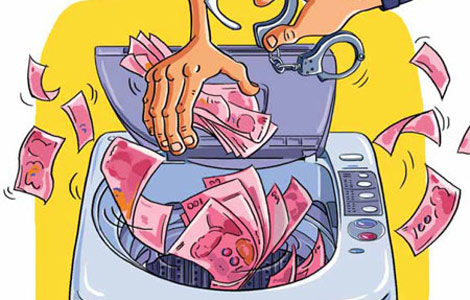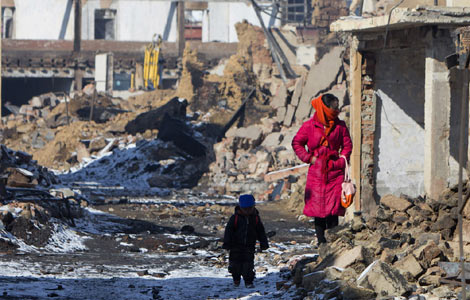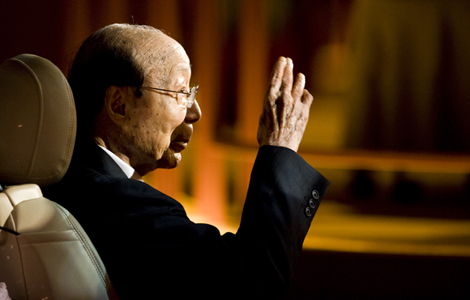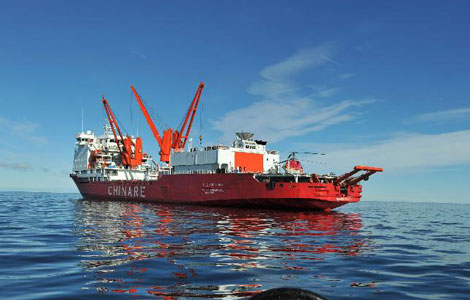WB scenarios for end of taper show China little affected
Updated: 2014-01-16 10:30
(Xinhua)
|
|||||||||||
Over the last few years capital flows have been rising to sub-Saharan Africa, to the point where it is now the region which receives the greatest capital flows, expressed as a percentage of its GDP, said Burns.
However, China was relatively unaffected in the overall process, said Burns.
He added, "That is a little bit unexpected, because we have the sense of China being a major player a major recipient of capital flows."
"Part of the answer lies in the nature of the capital flows China receives. They are heavily weighted toward foreign direct investment, much less in terms of bond flows or equity flows which are the kinds of capital flows which are most sensitive to the type of tapering we are likely to observe," said Burns.
China is not as directly impacted as other economies in the region such as Thailand, Indonesia, Malaysia or Vietnam, he said.
The report forecast that the most likely scenario was for the taper to follow a relatively orderly trajectory, and for global interest rates to rise only slowly, reaching 3.6 percent by 2016.
The impact of an orderly tightening of financial conditions on developing-country investment and growth is expected to be modest, with capital flows to developing countries projected to ease from about 4.6 percent of developing country GDP in 2013 to 4.1 percent in 2016, as investors take advantage of higher yield in high-income countries.
Global GDP growth was forecast to rise from 2.4 percent last year to 3.2 percent this year, stabilizing at 3.4 and 3.5 percent in 2015 and 2016.
Growth in developing countries in 2013 was relatively weak at an estimated 4.8 percent, but has been firming in recent months. This partly reflects strengthening growth in high-income countries, but also a recovery from earlier weakness in large middle-income countries such as India and China.
Growth in developing countries is forecast at 5.3 percent this year, and 5.5 percent and 5.7 percent for 2015 and 2016.
Related Stories
QE tapering of little concern for China 2013-12-24 09:51
Impact of Fed taper on China to be limited: US expert 2013-12-21 14:57
End to QE to 'split' emerging markets 2013-09-14 09:00
US QE exit has limited impact on China 2013-07-31 13:59
QE 'taper-off' to cause liquidity problems 2013-08-23 07:48
Today's Top News
Russia battle militants before Olympics
Hollande responds to affairs reports
China and Italy agree to boost cooperation
Party school official suspended after scandal
China Mobile and Apple 'tie the knot'
Nation's airlines ready for rush
UK dumps China's telecom equipment
At least 16 dead in E China factory fire
Hot Topics
Lunar probe , China growth forecasts, Emission rules get tougher, China seen through 'colored lens', International board,
Editor's Picks

|

|

|

|

|

|





